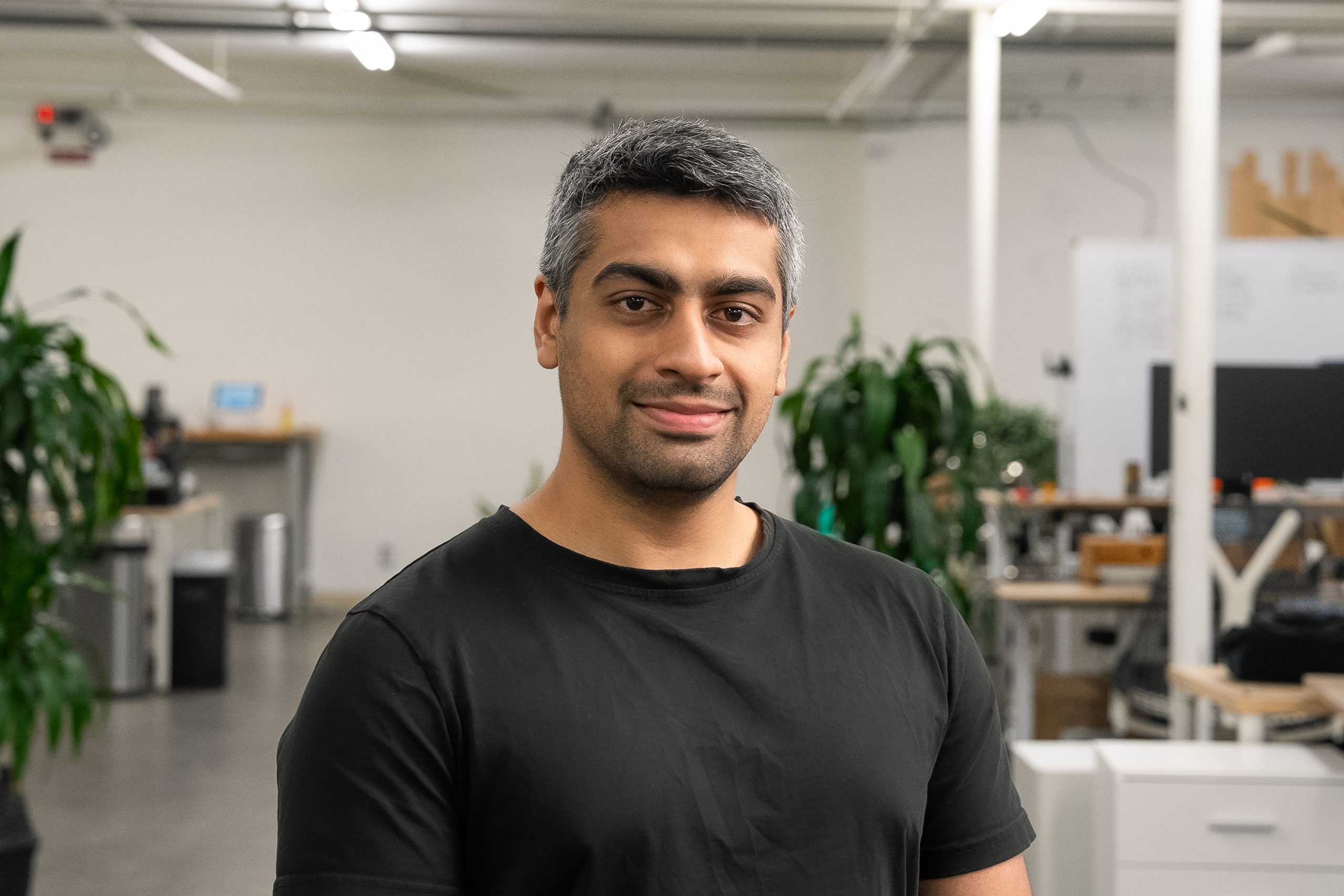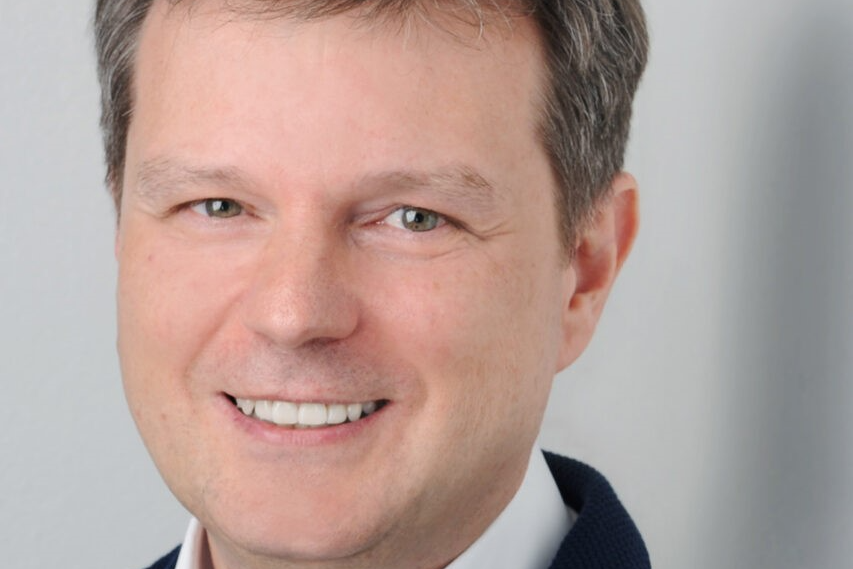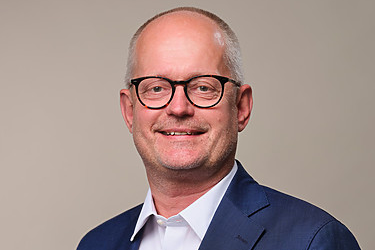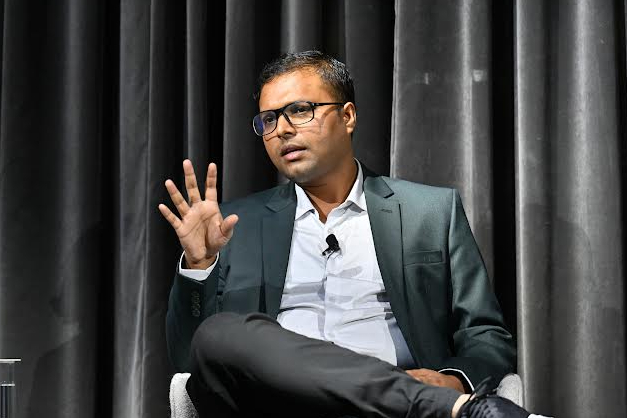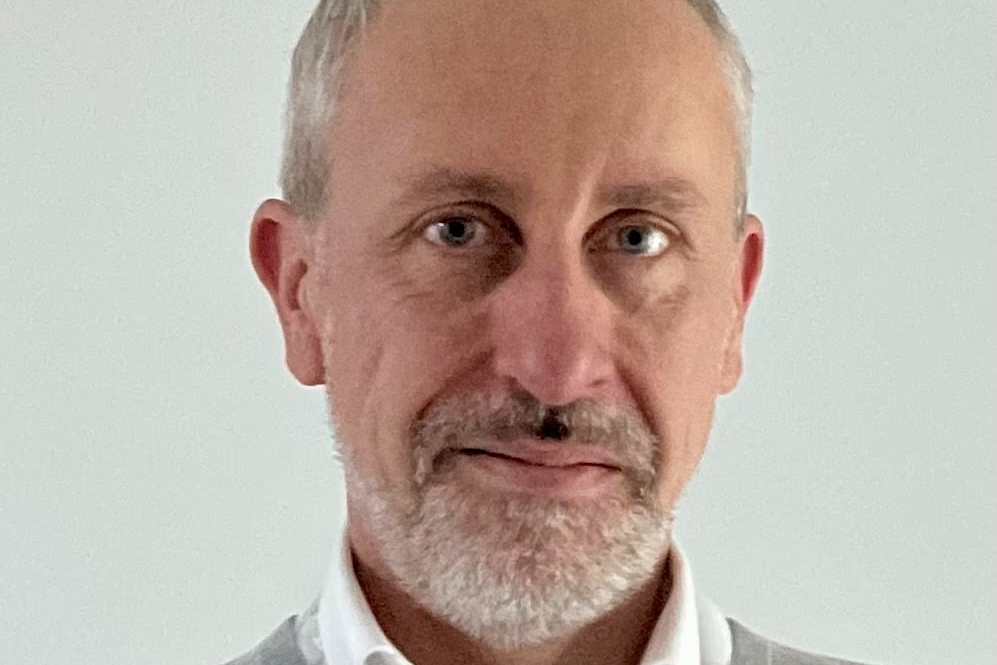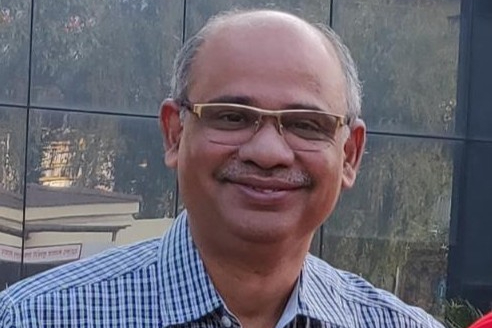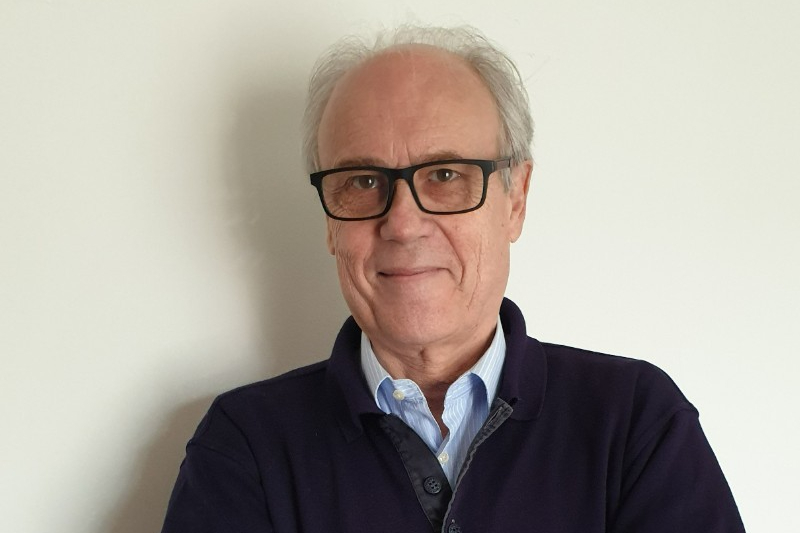
Jaime Gomes – CEO of Ecofoot
Our recent interaction with Jaime Rocha-Gomes, the CEO of Ecofoot, unfolds insights about the company Ecofoot and discusses how Ecofoot is addressing some of the most challenging issues in the textile dyeing industry and promoting a more sustainable textile Industry.Ecofoot’s sustainable dyeing solutions reduce dyeing industries' impact
2022-09-16 13:21:34 – PortugalEcofoot is an award-winning university spin-off company based in Portugal, which specializes in textile chemical solutions, and has won several awards. It seeks to address environmental and sustainability problems that have plagued the textile dyeing industry for decades such as indigo dyeing and reactive dyeing of cotton or polyester by offering sustainable technologies that save water, energy, and time using the same conventional application process.
Our recent interaction with Jaime Rocha-Gomes, the CEO of Ecofoot, unfolds insights about the company Ecofoot and discusses how Ecofoot is addressing some of the most challenging issues in the textile dyeing industry and promoting a more sustainable textile Industry.
YnFx: What is the inspiration behind Ecofoot?
Gomes: The mission of Ecofoot was to provide the textile dyeing industry with technologies that would improve their sustainability, by saving energy and water. Ecofoot was founded as a University spin-off company in 2012 on a technology developed at the University, which was aimed at saving water and energy. It was a reactive nanopigment and the idea was to dye with the nanopigment which would be easier to wash off than a reactive dye since pigments have less affinity than dyes and wash off better than reactive dyes. The nanopigments however, did not provide a level dyeing and were only successful in printing which wasn’t the priority market for Ecofoot and was therefore shelved in 2015.
YnFx: How Ecofoot is addressing some of the most challenging issues in the textile dyeing industry i.e. CO2 emissions and water consumption?
Gomes: Since 2015 the strategy was to provide a technology that would be with auxiliary products and not dyes or pigments. We developed a technology, H2COLOR, which adds a product that complexes with the reactive dye, by adding it to the additional tank and mixing it with the dye previously to the beginning of the dyeing process. It acts on the dye, rather than during the washing-off, which has been up to now the standard way of tackling the problem of removing the unfixed hydrolysed dye. By complexing with the dye, it does so in a way that it protects it from hydrolysis, and there will be a lot less dye to remove. Being easier to remove, it takes less water and lower temperatures to remove it, which has also an impact on CO2 emissions.
YnFx: What are the various technologies that you offer for the textile industry?
Gomes: The main technology we offer industry is H2COLOR, which can save an average of 60% in the washing-off process of reactive dyes, 40% water, and 20% time. In Europe where the cost of gas has increased hugely, the energy savings means the overall costs of the dyeing cost are at the moment 50% lower when using H2COLOR technology. Ecofoot has other products still in their first trials, H2CLEAR, for clearing PR/CO blends without intermediate reduction, and H2DENIM, for dyeing garments with Indigo, jeans, and tops. Both products improve sustainability in their respective sectors, as explained in the website www.ecofoot.pt.
YnFx: What are the other applications of your technologies?
Gomes: H2COLOR is mainly for knitwear, where we obtain the highest savings. It can also be applied in towels by exhaustion and in pad-batch on fabrics. Other applications are in printing with reactive dyes, saving greatly in knitwear when the washing-off is in jet machines, especially in water. We are still testing in continuous washing-off, more difficult to evaluate than batch washing-off.
YnFx: What are the key milestones achieved by Ecofoot till date?
Gomes: Ecofoot has only started introducing H2COLOR into textile companies in Portugal in January of this year, due to the energy crisis and the huge increase in gas, even though the technology H2COLOR was already being commercialized in 2018-2019 on a trial basis in one large company. We interrupted in mid-2020, to dedicate ourselves to improving the technology and its performance, moving premises to an industrial site, and validating the product in other sectors. We were supported by an EC grant within the EIC program. We are at present supplying 4 knitwear dyehouses regularly, 1 towel dyehouse, with H2COLOR, and one PE/CO dyehouse. We have 10 already in the pipeline, with the first trials planned for September. In August all dye houses close in Portugal.
YnFx: What are the future plans of the company?Gomes: The future plans for Ecofoot, is to expand to international markets with its sustainable technologies, namely H2COLOR. We also aim to carry on developing other sustainable products and introduce in the market the ones which are at the finishing stage of the development stage, such as our pigment digital printing ink, made with our hybrid reactive nano pigments, which we have recovered from the stage they were at in 2015, when we stopped working on pigments. The digital inks have gone through a proof of concept industrially in a DTG garment printing machine, and are now on trial in a continuous printing machine.
Market Intelligence
Ask for free sample Report

experience
Customer Base
dedicated team
Countries Served Worldwide

